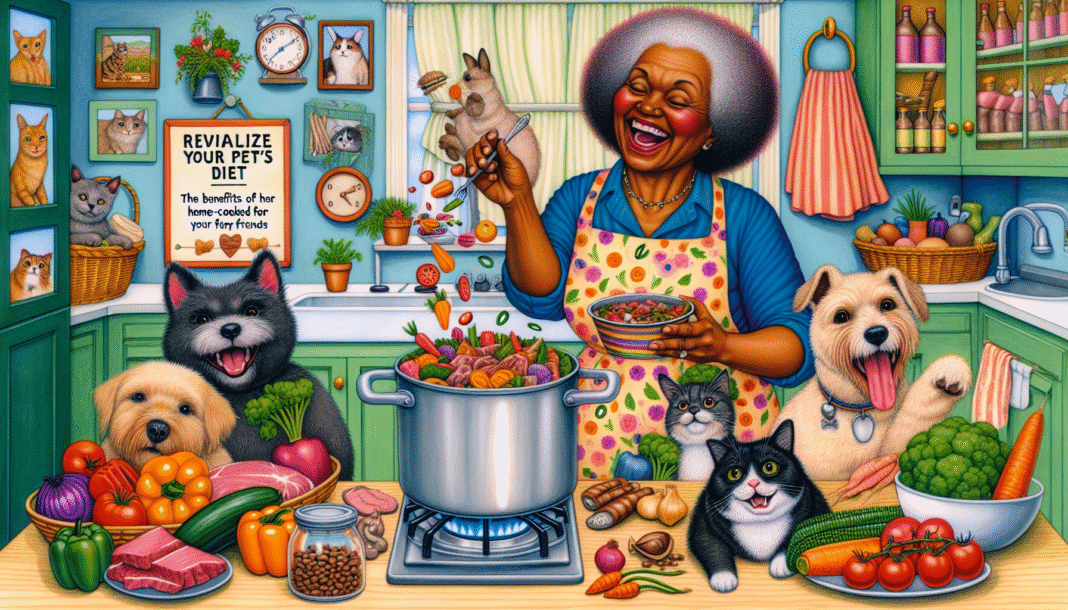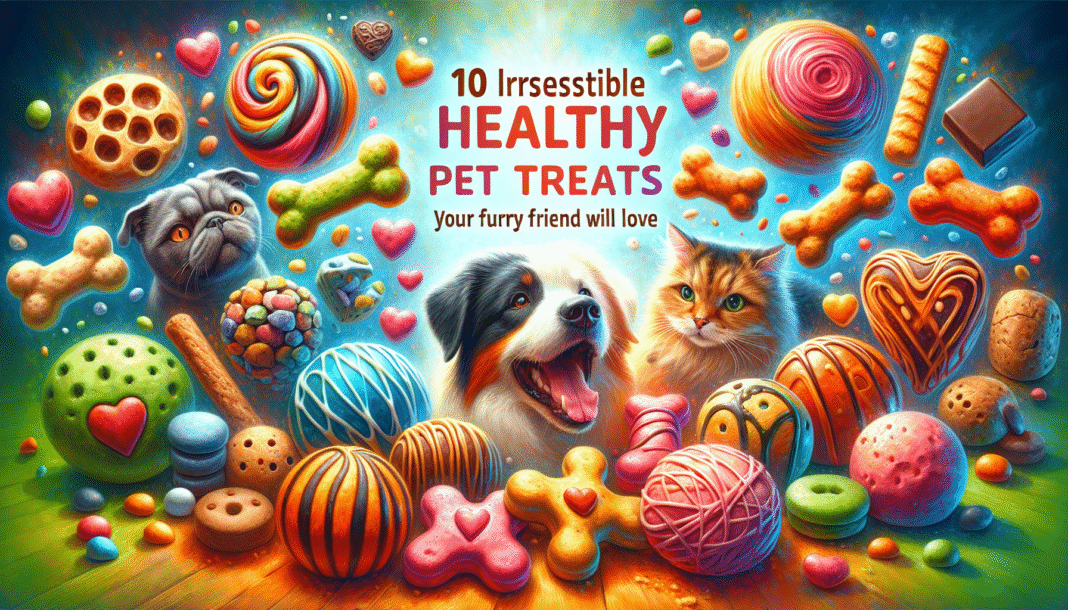Keeping our furry friends healthy and happy goes beyond regular vet visits and tasty treats. Proper hydration is crucial for their well-being. Just like humans, pets require a consistent intake of water to maintain their health. In this article, we’ll explore the top 10 essential pet hydration tips to ensure your companions stay hydrated and content.
1. Know Your Pet’s Water Needs
Every pet has unique hydration needs based on their size, age, and activity level. As a general rule:
- Small Dogs: Require about one cup of water for every 10 pounds of body weight.
- Cats: Should drink approximately 3.5 to 4.5 ounces per five pounds of body weight.
- Large Dogs: Typically need around one ounce of water per pound.
Monitor your pet’s water intake to ensure they are meeting their daily requirements.
2. Use Fresh, Clean Water
Pets are more likely to drink water that is fresh and free from contaminants. Change your pet’s water at least twice a day, and clean the bowl regularly to prevent bacteria buildup. Consider using a pet water fountain that continuously circulates and filters the water, keeping it appealing for your furry friend.
3. Encourage Drinking with Flavor
Sometimes, plain water doesn’t cut it. Enhance your pet’s drinking experience by adding flavor. For dogs, a splash of low-sodium chicken broth can entice them to drink more. For cats, consider mixing a bit of tuna juice in their water. Always use pet-safe options to avoid harmful ingredients.
4. Utilize Wet Food
For pets who are reluctant to drink enough water, consider incorporating wet food into their diet. Canned food contains a significant amount of moisture—up to 78% in some varieties. This not only boosts their hydration but also adds variety to their meals. Make sure to transition gradually to prevent any digestive upset.
5. Monitor Temperature and Activity Levels
Hydration needs can vary greatly with activity levels and weather conditions. On hot days or after playtime, your pet may require extra hydration. Always have fresh water available after walks, play sessions, or during outdoor adventures. Keep an eye out for signs of overheating, such as excessive panting or lethargy.
6. Watch for Signs of Dehydration
Learn to recognize the signs of dehydration in pets, which may include:
- Dry gums or tongue
- Lethargy or weakness
- Loss of skin elasticity
- Sunken eyes
If you notice any of these symptoms, it’s essential to consult your veterinarian promptly.
7. Keep Water Accessible
Ensure that your pet always has access to water—whether indoors or outdoors. If you’re traveling, carry a portable water bowl or a collapsible one. Consider placing multiple water bowls in different areas of your home so your pet can hydrate wherever they are.
8. Create a Routine
Pets thrive on routine, and developing a hydration schedule can be beneficial. Offer water at the same time each day—after meals, playtime, or naps. This consistency helps your pet remember to drink and stay properly hydrated.
9. Consider Age and Health Conditions
Older pets or those with specific health conditions may require special attention regarding hydration. For example, pets with diabetes or kidney disease often need more fluids. Ensure your veterinarian is involved in your pet’s hydration plan, as they can provide tailored advice based on their health status.
10. Regular Vet Check-ups
Routine veterinary checks are crucial for monitoring your pet’s health, including their hydration levels. Regular assessments can help identify underlying health issues that might affect their ability to stay hydrated. Don’t hesitate to ask your vet about the best practices for keeping your pet hydrated.
By incorporating these essential pet hydration tips, you can help ensure that your furry friends remain healthy and happy. Keeping an eye on their water intake, being mindful of their needs, and offering creative solutions will go a long way in providing them with a fulfilling life. Remember, a well-hydrated pet is a happy pet!


